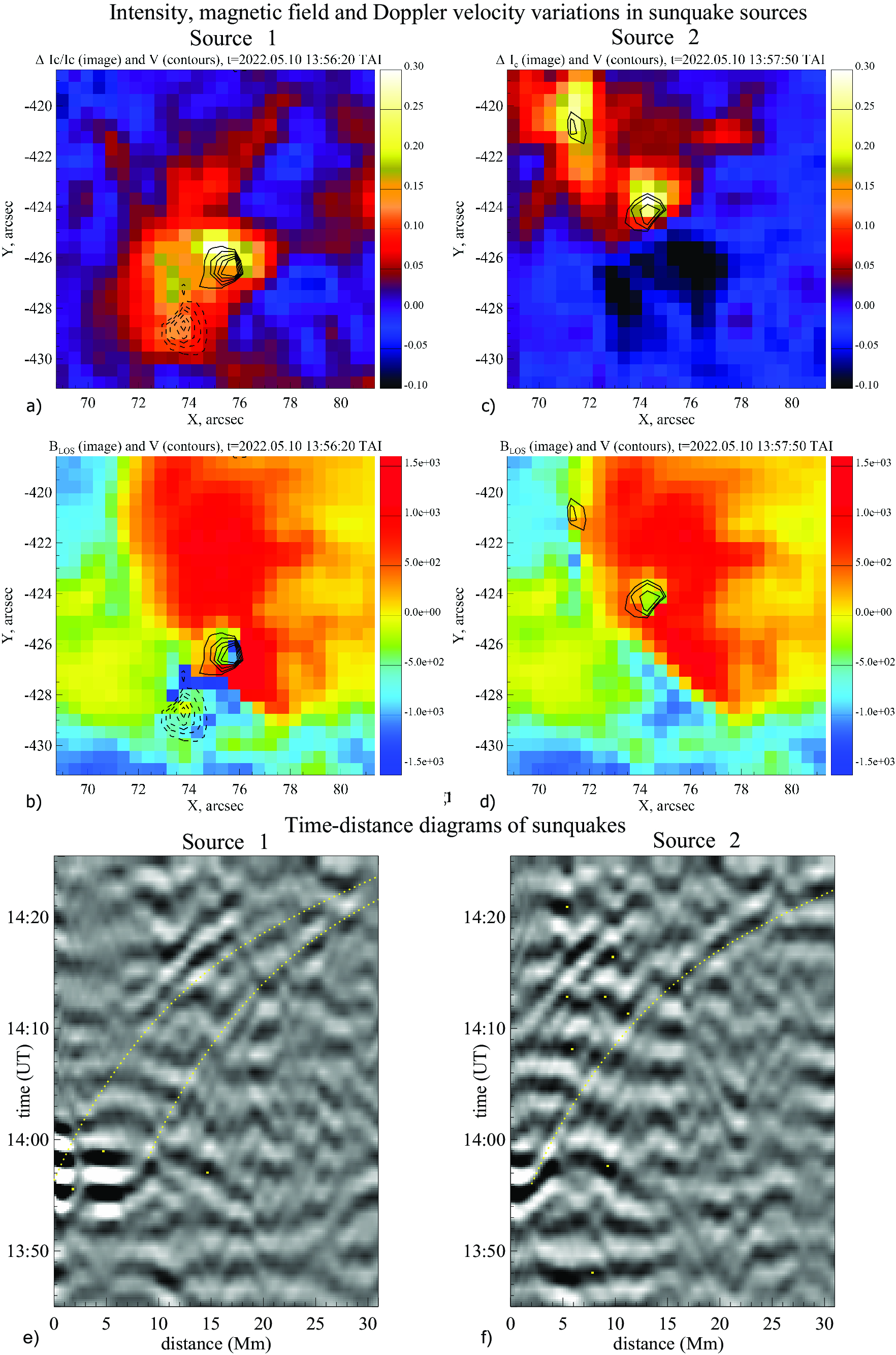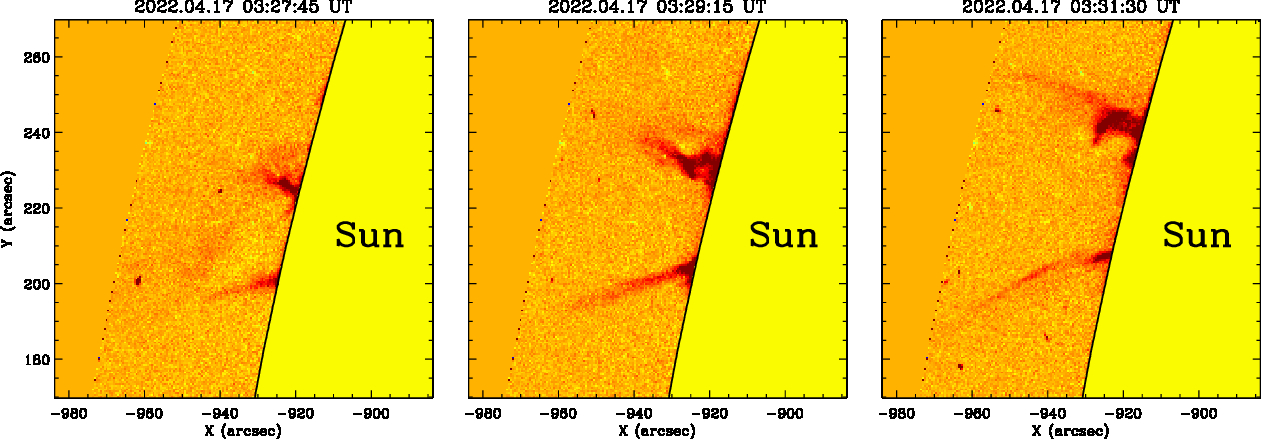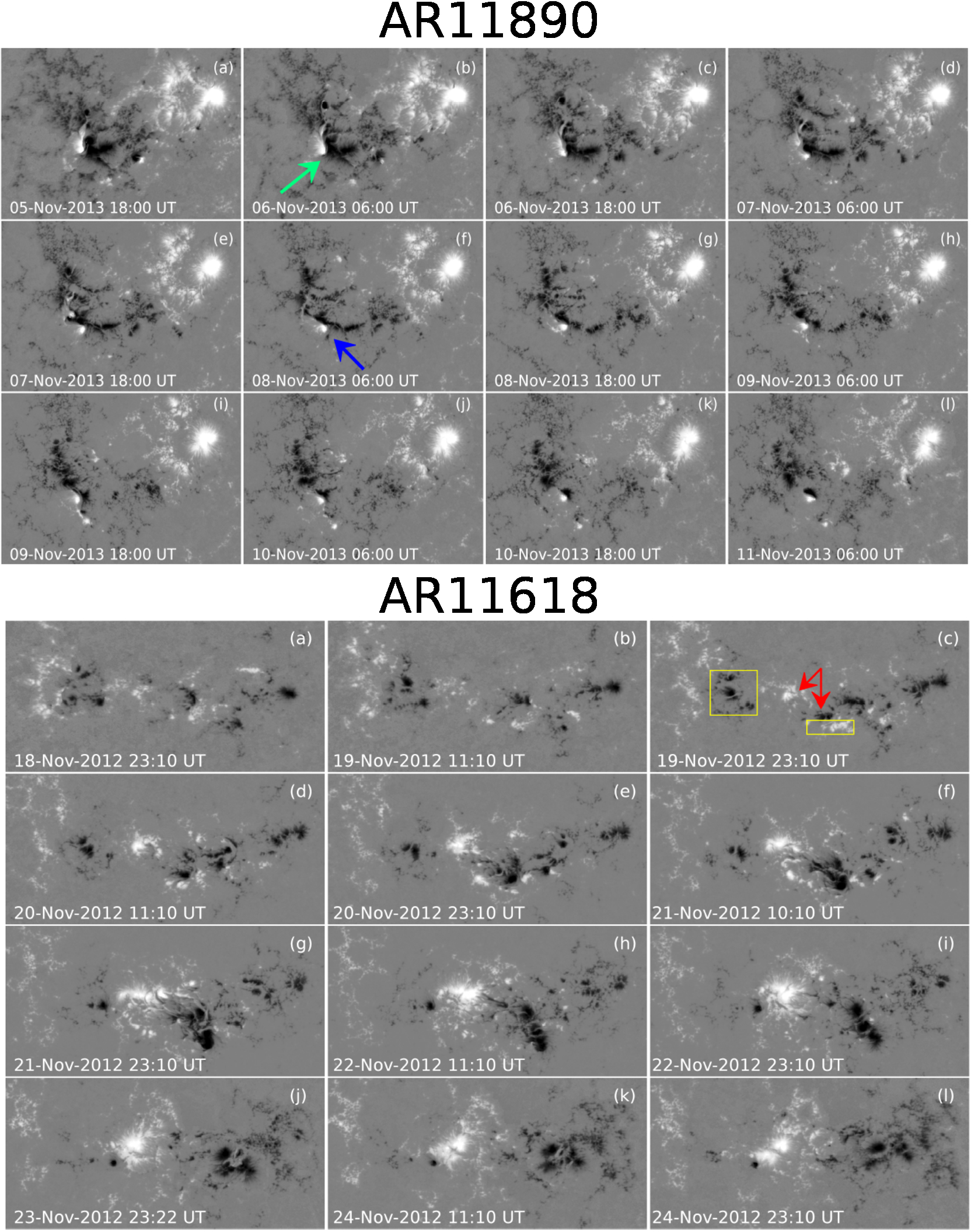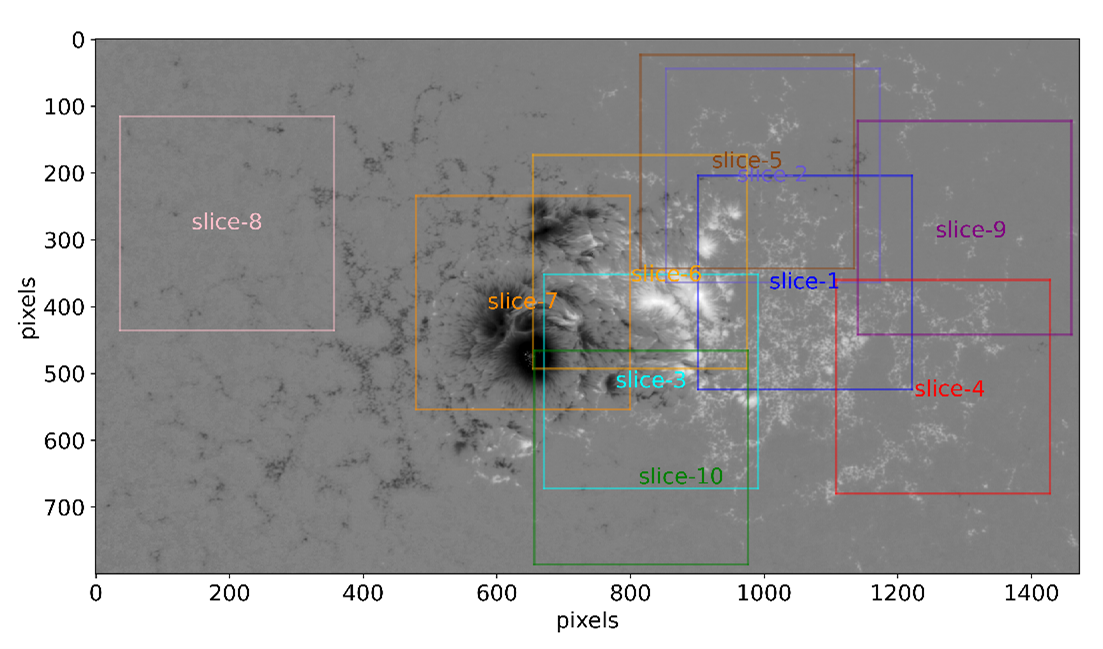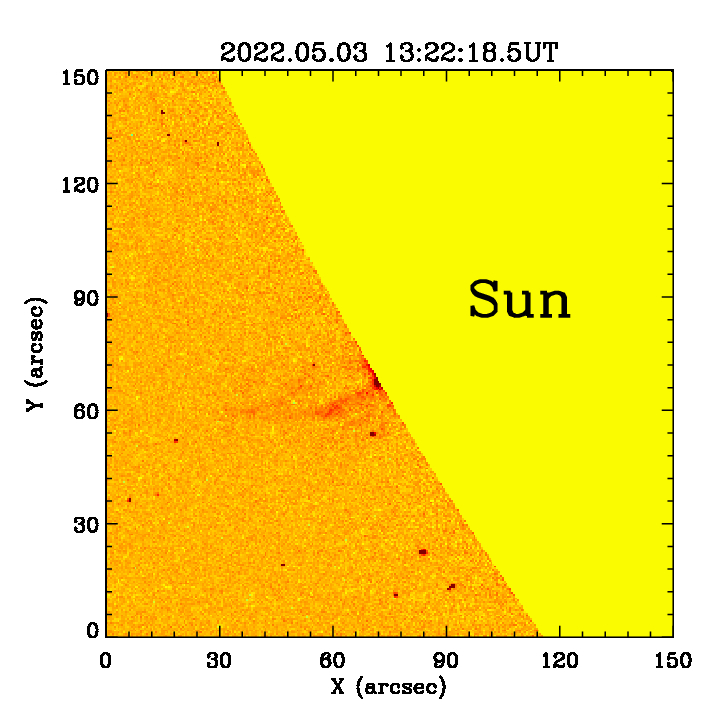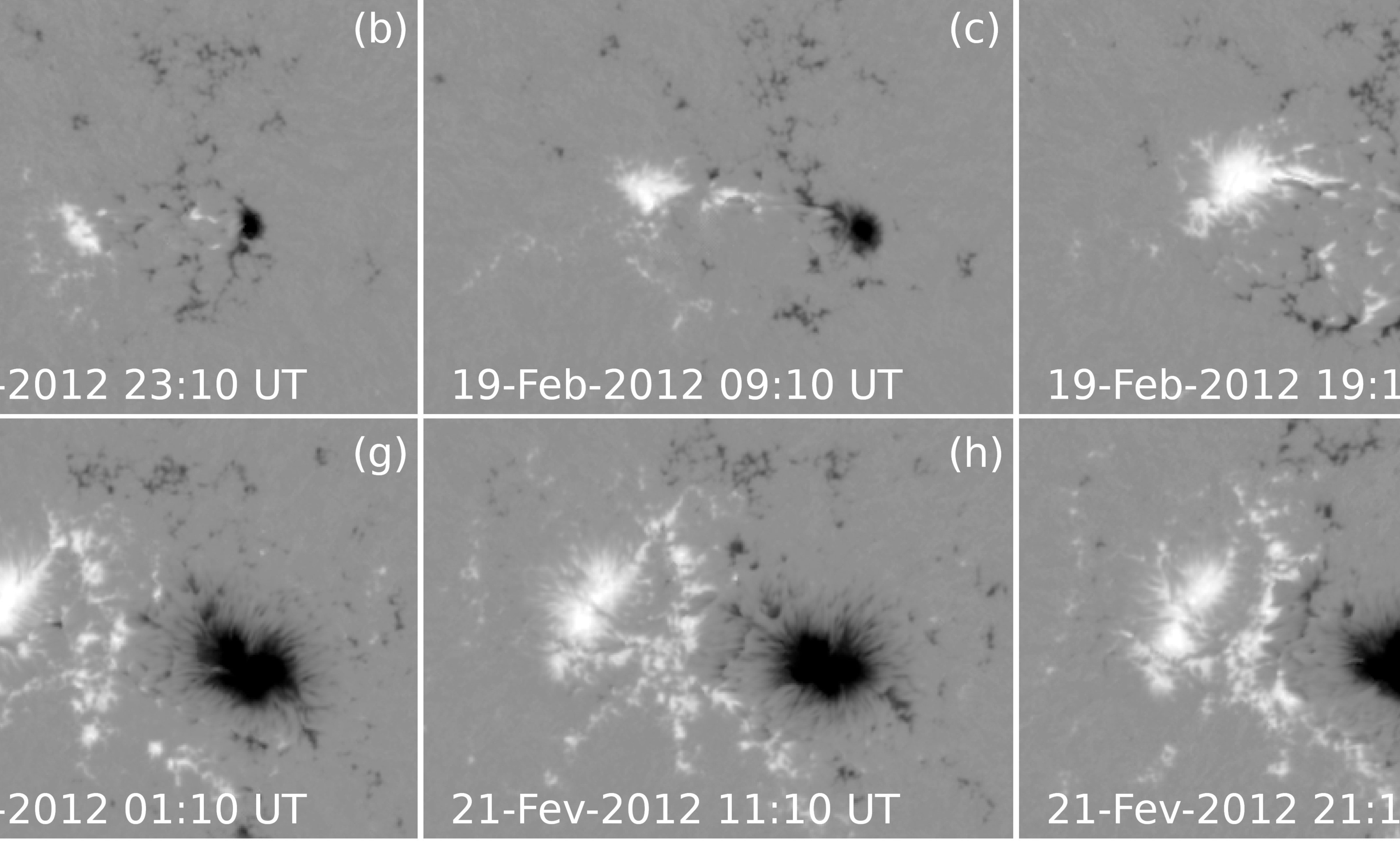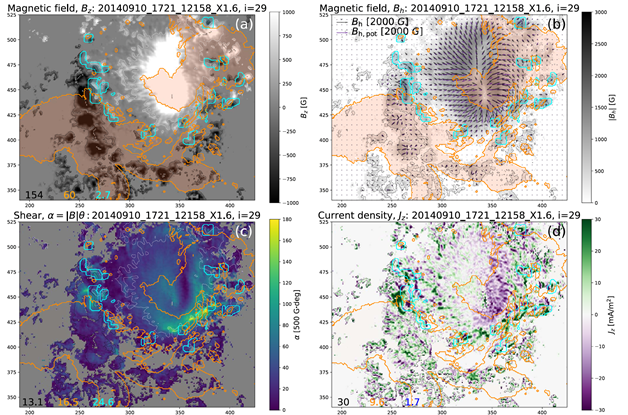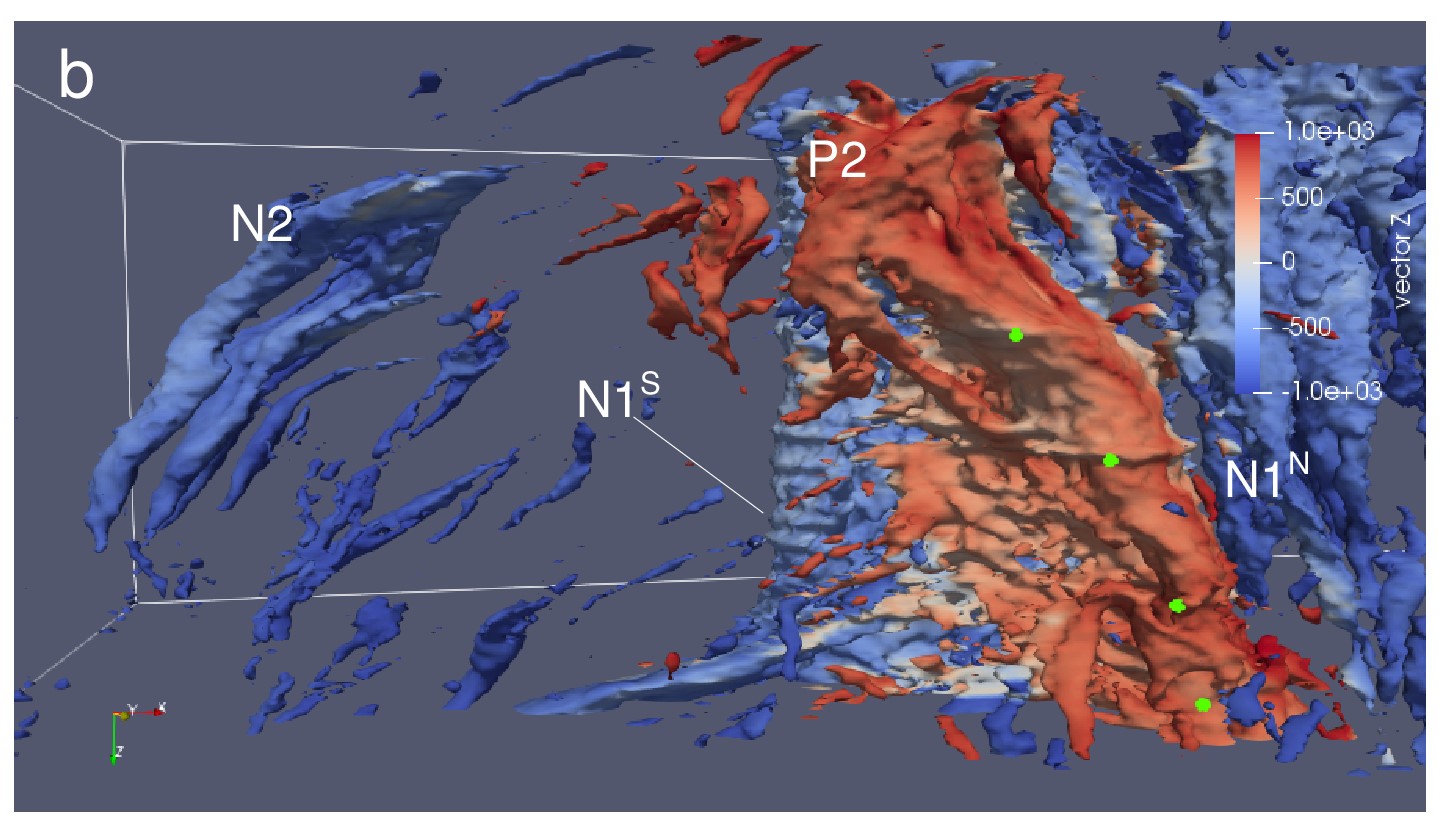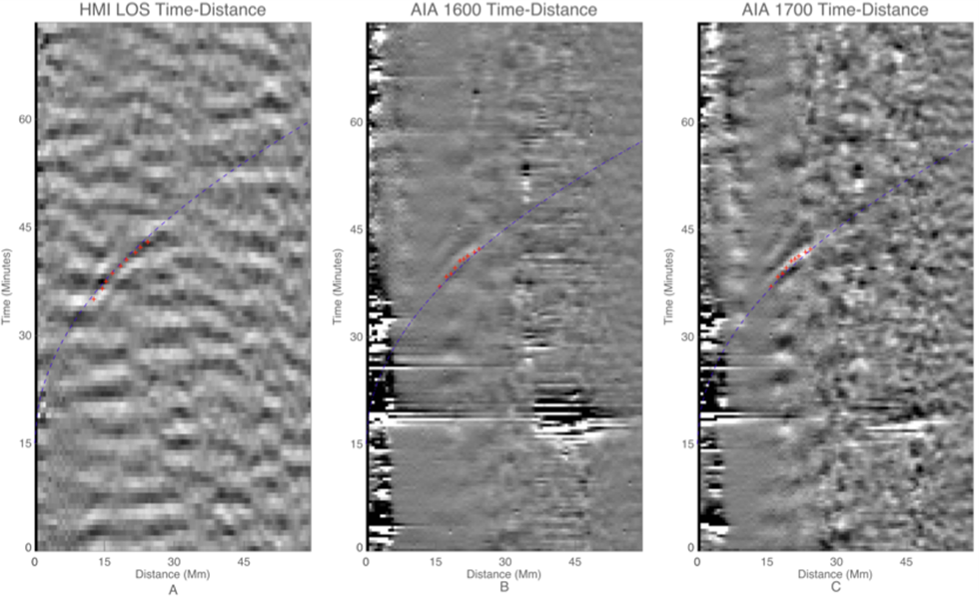202. Optimization of Solar White-Light Flare Identification Methods and Its Application
A new method was developed to identify white-light flares (WLFs) observed in SDO/HMI continuum intensity. The new method is able to identify around 30% of C-class flares (and more percentage in stronger flares) having white light brightening associated with them, greatly expanding the total number of WLFs observed by HMI. The increased number of detections would help a statistical study of the properties of WLFs.


